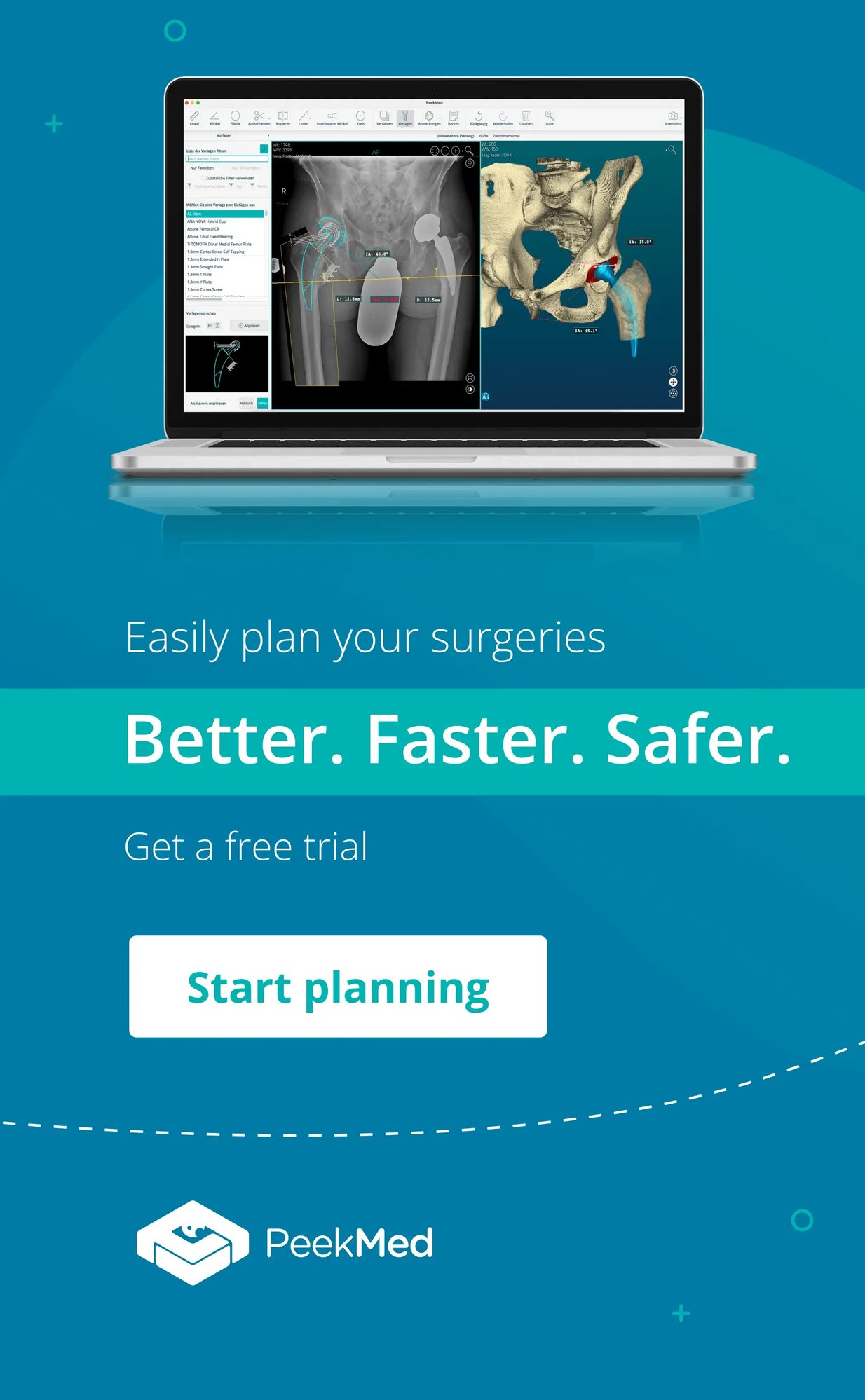PeekMed
Shared decision-making in healthcare is crucial, as every choice, from minor injuries to major surgeries, significantly impacts patient outcomes and lives.
Traditionally, the physician has been the primary decision-maker in medical encounters. However, a paradigm shift towards patient-centered care is revolutionizing the patient-provider relationship.
What is Shared Decision-Making in Healthcare?
Shared decision-making (SDM) is a collaborative approach in which patients and healthcare providers collaborate to make decisions about the patient's care. It involves exchanging information, discussing treatment options, considering patient preferences and values, and reaching a consensus on the best action.
In the traditional healthcare model, the patient-provider relationship was often hierarchical, with the physician holding primary decision-making authority. However, this approach can create healthcare communication barriers and lead to disengagement from patients.
SDM empowers patients by involving them in decisions related to their treatment plans, thus promoting autonomy and enhancing satisfaction with care, serving as the catalyst for a more collaborative, patient-centric approach to healthcare.
Benefits of Shared Decision-Making in Healthcare
But why is patient engagement in healthcare so crucial? Because patients become active participants in their care journey, which has the following benefits:
- Improved Patient Satisfaction
When patients participate in decision-making, they feel more engaged and satisfied with their care. Understanding their condition and treatment options helps alleviate anxiety and fosters trust in their doctor.
- Enhanced Treatment Adherence
Patients who are involved in the decision-making process are more likely to adhere to their treatment plans. They have a better understanding of the reasoning behind their treatment choices, leading to increased patient compliance, better clinical outcomes, and faster recovery.
- Personalized Care
Every patient is unique, and their preferences, values, and lifestyle factors are crucial in determining the most suitable treatment approach. SDM allows for personalized care tailored to individual needs, resulting in better treatment outcomes and patient experiences.
- Reduced Decisional Conflict
Facing a medical decision can be daunting for patients, especially when multiple treatment options are available. SDM provides support and guidance, helping patients navigate decisional conflicts and make informed choices aligned with their goals and preferences.
Implementing Shared Decision-Making in Healthcare
Implementing SDM requires a collaborative effort from healthcare providers, patients, and healthcare systems. Some strategies to promote SDM include:
- Patient Education
Providing patients with clear, understandable information about their condition and treatment options is essential for informed decision-making. Educational materials, decision aids, and multimedia resources can facilitate patient understanding and engagement.
- Open Communication
Establishing open and honest communication between patients and doctors fosters trust and promotes collaborative decision-making. It's about more than just relaying information; it's about actively listening to patients' needs. Encouraging patients to ask questions, express concerns, and voice their preferences is crucial.
- Shared Decision-Making Tools
Decision aids, such as informational pamphlets or videos, can help patients navigate through treatment options and understand the potential risks and benefits associated with each choice. Additionally, preoperative planning software like PeekMed can provide 3D visualizations and reports that enhance patients' understanding of surgical procedures, helping them to make more informed decisions about their care.
- Provider Training
Healthcare providers need training in communication skills and SDM principles to engage patients in decision-making effectively. Training programs and workshops can help providers develop the necessary skills to facilitate conversations and support patients in making informed choices.
- Integration into Clinical Workflow
Incorporating SDM into the clinical workflow ensures that it becomes a standard practice in medical care. Healthcare systems can implement protocols and guidelines to promote SDM and provide support and resources for both patients and providers.
Is Shared Decision-Making the Future?
The importance of patient engagement in healthcare goes beyond just prescribing a treatment; it's about co-creating a plan that aligns with the patient's goals and values.
Understanding why health communication is important emphasizes the shift toward patient-centered care. When patients feel empowered to make informed choices about their health, the entire healthcare experience improves.
It's a win-win scenario, where patients receive personalized care tailored to their unique circumstances, and healthcare providers witness improved patient satisfaction and outcomes.
Shared decision-making isn't just a trend; it's a movement towards better, more compassionate care. By embracing these principles, healthcare providers can forge stronger bonds with their patients, leading to improved outcomes and a brighter future for healthcare.



